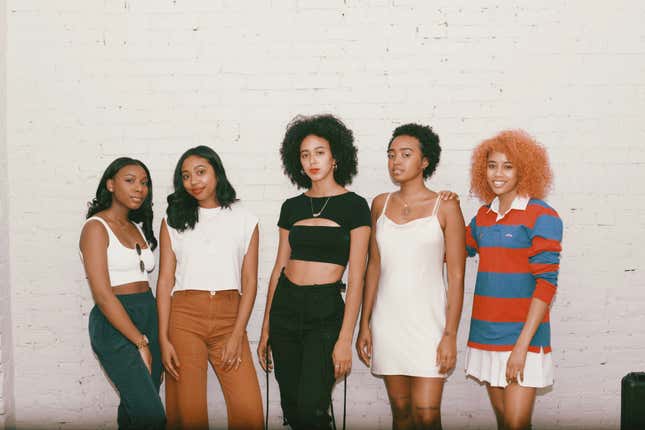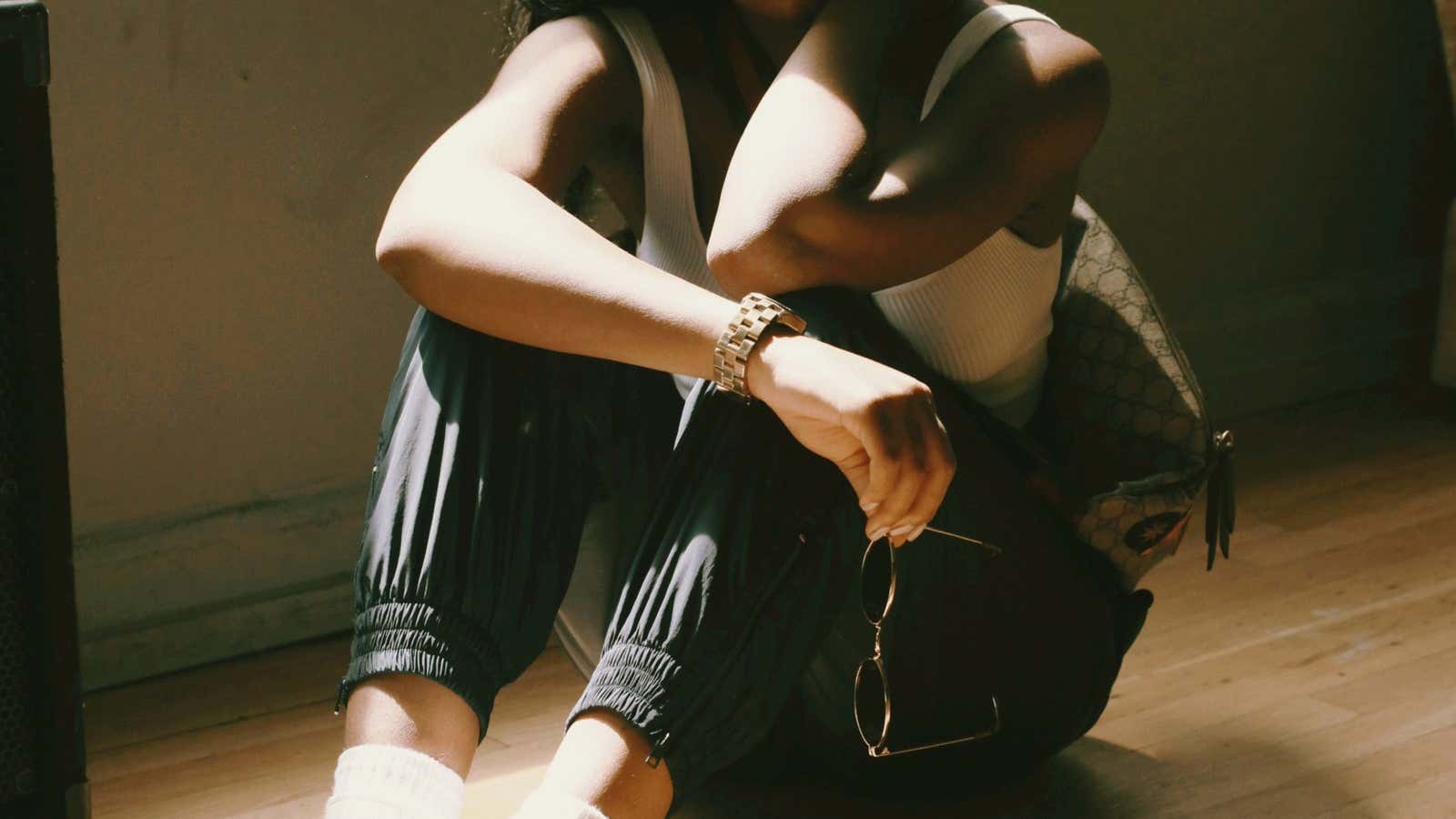Streetwear’s ascendance over the past several years has, at least to some degree, promised to challenge the paradigm of major fashion brands filling their campaigns, runway shows, and corporate offices with almost entirely white faces.
The genre’s deep cultural ties to hip-hop and to cities like New York and Los Angeles, along with its racially broad base of designers and fans, make it more diverse than the fashion industry on the whole. Brands eager to cash in on streetwear’s boom—while also being more cautious of being called out over a lack of diversity—have adjusted by making some efforts to show a wider range of faces. In theory, that’s great for women of color, except even in streetwear they still often struggle to be seen, heard, and hired.
The streetwear industry has a reputation for being a boy’s club. Men run the high-profile brands, feature in most of the imagery, and remain the target audience designers create for, even though they aren’t the only customers. And when women are represented, they can be overly sexualized, rather than shown as peers who are part of the same culture.
These issues were the subject of discussion at an Aug. 25 panel by women of color in the industry, hosted by The Afro Bleus, a site focused on fashion, art, and culture. ”If I’m buying your clothes, why are you not putting women who look like me in your campaign, or including me in the corporate roles?” said M’heri Jackson, an assistant stylist and brand ambassador for influential label Staple Pigeon and cofounder of a cultural incubator that brings creatives together through events.
Ciara Matos, a blogger, model, and associate at sneaker powerhouse Kith, pointed out the ways brands are often turning to trends and styles (paywall) pioneered by women of color, especially black women. “Brands really should pay more attention to us, especially because there are so many brands that get inspiration from our culture, history, and fashion,” she noted. The current popularity of hoop earrings came up during the panel as just one example.
Admittedly, guys are streetwear’s biggest customers. But as the women on the panel pointed out, they aren’t the only ones worthy of recognition. Women have been part of streetwear from its earliest days. Before James Jebbia founded Supreme, for instance, he opened the trailblazing shop Union—with a partner, Mary Ann Fusco, whose name is often forgotten. (“Sometimes I get a little mad about that,” Fusco told Hypebeast earlier this year. “I was the force that made everything right in the shops.”)
Most of the women on the panel talked about growing up with streetwear and sneaker culture and how it provided a place for them, particularly when fashion’s traditionally narrow image of femininity, embodied in the dominance of high heels and white skin, did not. Ah-niyah Gold, a fashion publicist at Sydney Reising Creative, described entering a predominately white corporate environment at a young age, and feeling initially like she had to wear heels to fit in. But she was lucky enough to work under another woman of color who encouraged her to dress for herself. For her, sneakers were a cultural foundation. “Finding myself actually led to me wearing sneakers,” she said.

“There’s been this very one-dimensional idea of femininity for women in fashion, and for the first time in a long time with the rise of our presence in streetwear culture, that taboo is slowly but surely diminishing,” says Asia Riddick, editor-in-chief of The Afro Bleus.
There are women in streetwear, like Aleali May and Emily Oberg, who are getting more recognition, while more outlets such as Hypebae and Snobette focused on women in the space keep popping up. And more brands (paywall), including Kith, The Hundreds, and Dope—as well as sneaker giants such as Nike and Adidas—are realizing that women are an underserved and valuable audience.
In fact the women on the panel generally agreed that representation of women of color was improving, both in terms of how—and how often—they were included in brand images and in executive roles behind the scenes. The tone of the event, while including some frustration, was generally optimistic.
But while change may be coming, it’s slow. In the meantime, brands are missing out on sales, even from existing fans. Jackson noted that it feels harder to support a brand that doesn’t seem to want to represent women like her. “If you would just be more inclusive, you probably could be making more money,” she noted.
Not least of all, brands risk clumsy, potentially damaging mistakes by not having women of color among their decision makers while trying to sell the styles those same women helped popularize. Recently, Matos said, Kith received some great new jewelry from a brand. But one pair of earrings was called the “Ghetto Hoop Earring.” She was furious. She wanted the owner of the brand that made the jewelry—who, it turned out, was not a woman of color—to change it, but the owner didn’t want to. She couldn’t see why it was inappropriate.
